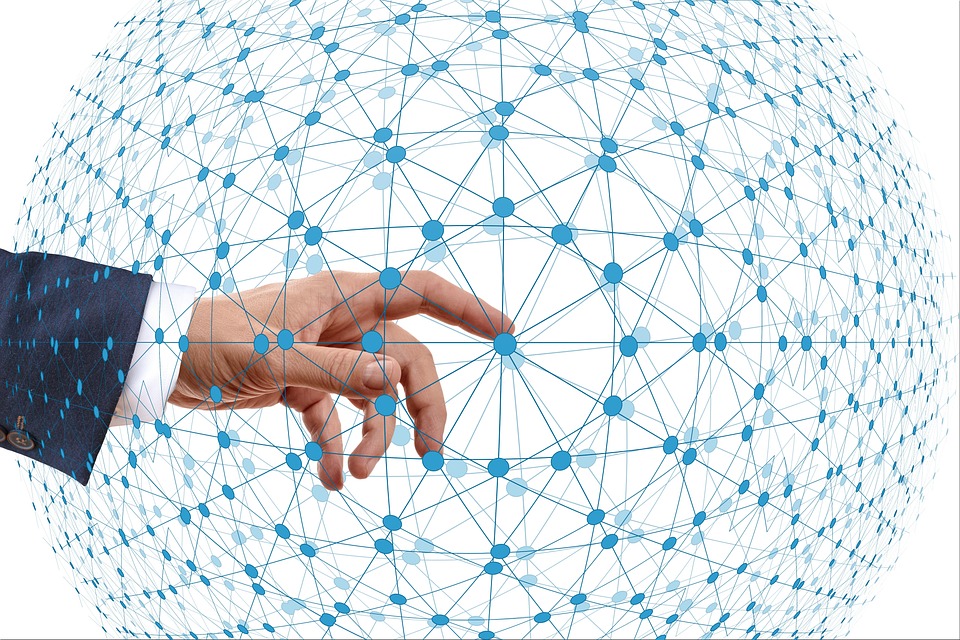In today’s fast-paced digital landscape, user experience is king. As designers and developers strive to capture and retain user attention, the incorporation of animations and transitions has emerged as a game-changer in creating engaging interfaces. This article explores the significance of motion UI development, how it enhances user engagement, and the powerful frameworks available to bring these interactive experiences to life.
Why Motion Matters
Motion is more than just decoration; it’s a vital component of user interface design that can guide, inform, and delight users. Here are some key reasons why incorporating motion into your UI development is essential:
1. Enhances Understanding
Animations can clarify complex processes through visual storytelling. For instance, micro-interactions—small, subtle animations triggered by user actions—can help users understand what happens when they complete a task, like submitting a form or adding an item to a cart. Loading animations also provide feedback during processing, reducing uncertainty and frustration.
2. Improves Navigation
Transitions between different sections of an application or website can create a seamless experience for users. Smooth animations during navigation shift attention and indicate spatial relationships, making it easier for users to understand how to move through the interface.
3. Increases Emotional Engagement
Animations evoke emotions and create a connection between the user and the interface. Delightful micro-interactions, like a button that slightly enlarges when hovered over or an element that gently bounces after being clicked, can create a sense of playfulness that keeps users engaged longer.
4. Reinforces Brand Identity
Creative animations can help convey a brand’s personality. Unique animations that align with a company’s branding can foster a memorable experience and differentiate a product from its competitors. This not only makes the interface more enjoyable but also contributes to brand recall.
Popular Frameworks for Motion UI Development
Incorporating motion into UI design has never been easier, thanks to several robust libraries and frameworks. Let’s take a closer look at two of the most popular options: Motion UI and GreenSock.
1. Motion UI
Motion UI is a Sass library that provides a comprehensive array of pre-built CSS transitions and animations. Originally developed by ZURB, it allows developers to quickly add animations to their projects with minimal effort.
Features of Motion UI include:
- Easy Setup: With just a few lines of code, developers can integrate animations that are customizable and responsive.
- Cross-Browser Compatibility: Motion UI ensures that animations look good across different browsers and devices, promoting a consistent user experience.
- Extensive Documentation: The library comes with well-documented resources, allowing developers to implement motion easily and effectively.
Using Motion UI, you can create subtle fade-ins, slide transitions, or even more complex animations that enhance user engagement without overwhelming the interface.
2. GreenSock (GSAP)
GreenSock Animation Platform (GSAP) is another powerful tool for motion UI development. Renowned for its performance and control, GSAP is perfect for developers who want to create highly interactive and intricate animations.
Key features include:
- High Performance: GSAP is built for speed, making it achieve smooth animations across devices—essential for performance-sensitive applications.
- Timeline Control: GSAP allows developers to create intricate timelines for animations, giving them the ability to synchronize and control multiple animations with precision.
- Rich Plugin Ecosystem: Its flexible plugins enable advanced features like scrolling animations, SVG animations, and more, allowing for highly engaging user interfaces.
Whether you’re creating a simple animation or a complex interactive experience, GSAP provides the tools you need to elevate user engagement.
Best Practices for Motion UI Development
While motion can uplift user experience, it’s crucial to follow best practices to ensure that animations enhance rather than detract from usability:
- Keep It Subtle: Overly aggressive or distracting animations can frustrate users. Strive for simple, clean motions that enhance functionality.
- Use Motion Purposefully: Every animation should have a clear purpose, such as indicating a successful action or providing feedback to the user.
- Optimize Performance: Excessive or poorly optimized animations can slow down an application. Use tools like GSAP to ensure performance remains top-notch.
- Accessibility Considerations: Consider users who may be sensitive to motion. Provide options to reduce motion or disable animations altogether.
Conclusion
Motion UI development is a powerful tool for designers and developers aiming to create engaging user experiences. By leveraging libraries like Motion UI and GreenSock, you can easily bring your creative visions to life. Remember that the key to successful motion design lies in subtly enhancing user engagement while maintaining a focus on usability.
As technology continues to evolve, the importance of engaging UI experiences will only grow, marking motion design as an integral part of modern web development. Embrace the power of motion in your next project, and watch as user engagement soars!




